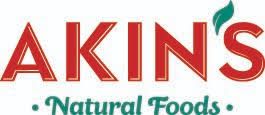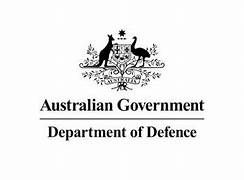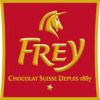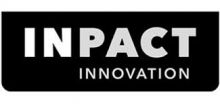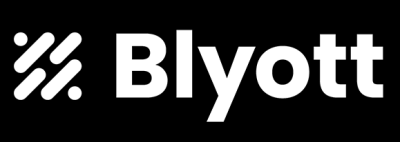CPHI SEA Highlight: ‘Re-engineered’ QR code makes verification powerful, efficient and accurate | 24-07-2024 |
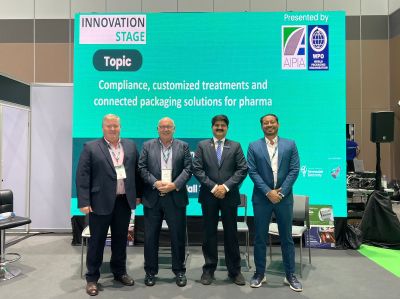
During the recent CPHI South East Asia event in Bangkok AIPIA and the World Packaging Organisation (WPO) ran a three day program of lectures covering many aspects of smart and sustainable packaging aimed at the pharmaceutical sector. Thailand is investing heavily in its pharma sector with the aim of becoming a manufacturing, distribution and innovation hub for the region.
One new smart packaging product particularly caught the attention of delegates. The Yellow Code label, from Acviss, a QR solution for not only the pharma sector, driven by AI. Company CEO and founder Vikas Jain explains more…
“As counterfeiters are getting smarter, so should the measures to stop them. Multiple layered authentication allows a stronger and error-free verification for customers. Acviss has re-engineered the functionality of a QR code verification function to develop the Yellow Code, a state-of-the-art advanced label solution. The AI-integrated label now has over five layers of authentication that are proven and effective. No more duplication, tampering or counterfeiting,” he says.
Yellow code is powered by AI and provides a new path for product verification and brand protection. Unlike the traditional QR code, the Yellow code utilises proprietary, patented technology to develop the AI-integrated code. Hidden inside the original code is an invisible code identified solely using the dedicated Acviss custom mobile application. The original code and the invisible hidden code are unique for each product unit, making replication hard and recognisable.
The important factor that promises a safe authentication process is the code encircling the original 2D code. The surrounding “noise’’ sets strict scanning rules to follow. The noise, similar to the code, is unique for each product set, so two combinations of the same code and noise never coexist. The label follows the lock and key approach of authentication and acts as a lock that can only be opened by the dedicated mobile application which pinpoints the complex elements hidden within the label.
Non-clonability for QR codes is a priority. The Yellow codes are generated using advanced AI and ML algorithms that ensure each code is unique and cannot be replicated. The labels are tamper-evident, preventing any form of alteration or interruptions, says Jain. Nobody can remove the sticker without a trace once it has been applied. This prevents using the labels for another product without authorisation, ensuring product integrity from the point of manufacture to the end consumer.
Artificial intelligence (AI) is a significant player in the verification process of Yellow labels. The incorporated AI elements make the labels one of a kind among others available in the market, says the company. However, the major utilisation of AI is in real-time scanning and verification, offering a level of accuracy and efficiency that traditional methods cannot match, it claims.
The custom application used for scanning utilises AI to identify the data pattern from the multiple layers in the label, aligning together to authenticate. This allows for instant detection of counterfeit products, ensuring that only genuine products make it through the supply chain. Real-time verification is important for developing and nurturing the trust between brands and consumers.
In the past 20 years, Acviss says it has enabled brands across the globe to maintain transparency and security in their supply chain, protecting over 2 billion products from fraud and counterfeits. The Acviss R&D team is composed of over 30 AI and ML experts who are dedicated to breaking barriers and pushing technological boundaries to continually refine the solution and build trust in the market for a better future.
AIPIA and AWA Smart Packaging World Congress Amsterdam







